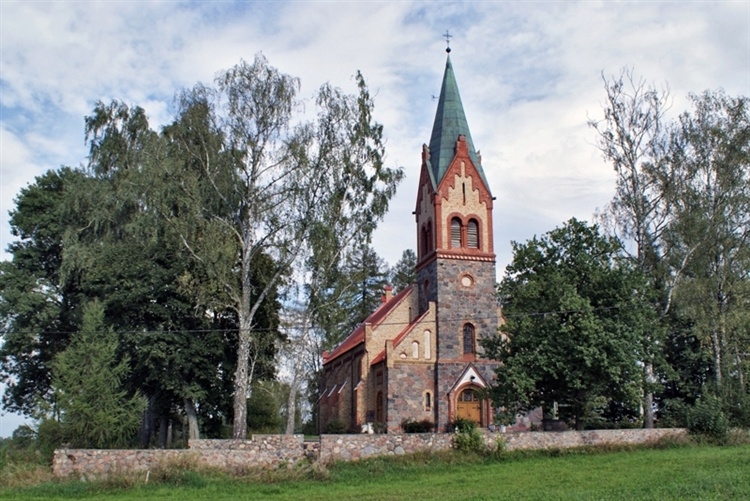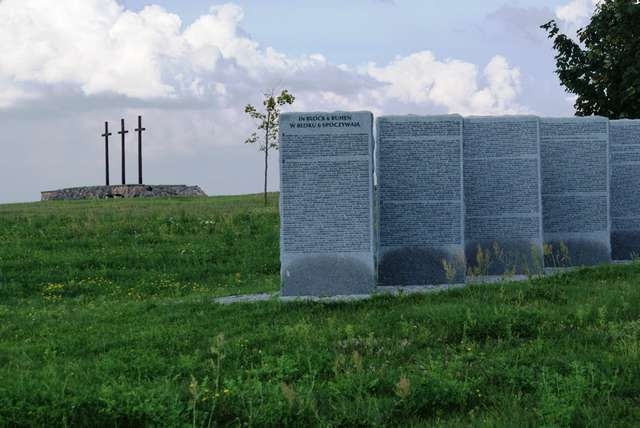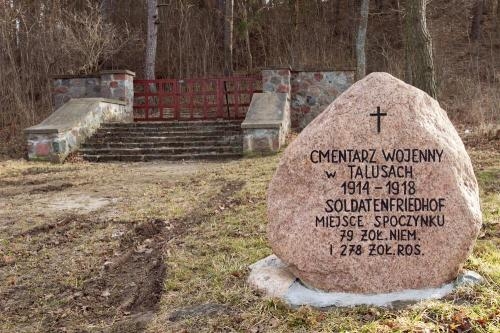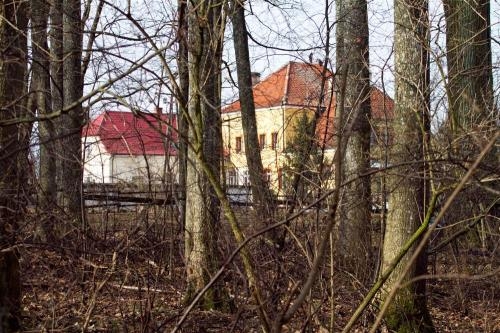Places
-
Zabytkowe cmentarze
Tourist attractions - Ełk countyThere are many historic cemeteries in districts around Ełk. Some of them are devastated and overgrown. However, the graveyards of soldiers tend to be well-groomed and well-protected. Some even appear in the register of monuments, for example the war cemetery in Makosieje or Evangelical Cemetery in Laski Wielkie.
Cemeteries in the area include the following:
Bajtkowo, Straduny, Chrzanowo, Chełchy, Lega, Karbowskie, Mrozy Wielkie Makosieje, Laski Wielkie, Szeligi, Talusy.
-

Bajtkowo
Tourist attractions - Ełk countyBajtkowo is a village with an interesting but fairly complicated history. Documents from 1493 and 1479 show some facts about the past owners of village. Initially, it was given to Paul Grabowski by the Grand Master of the Order for his faithful service. He then divided his property between his two sons. John Grabowski decided to sell his part of the property to John Dziwosławski who eventually became the final owner of Bajtkowo in 1588. The village grew rapidly. The best preserved monuments include neo-gothic church from 1895, cemetery with the graves from interwar period and the nearby fortress called Castle Hill.
-
Park dworski w Ruskiej Wsi
Tourist attractions - Ełk countyThe town Ruska Wieś was found by Rusians in 1376 and is the oldest village within Elk surround. It’s worth to see the old farm that probably once belonged to George Andrew Helwing. Visitors can see the remains of the mill, stables and a distillery. However, the most interesting monument of the village is a classicist, nineteenth-century manor house and the park with the rare types of trees there. The landscape around looks fabulous and is the perfect place for a relaxing walk.
-

Cmentarz wojenny w Bartoszach
Tourist attractions - Ełk countyIt’s an important place of memory of the historical world war I and II events. It is the largest german cementary in the region of Warmia and Mazury. The results of the exhumation indicate that it’s a resting place for more than 24,000 dead soldiers.

